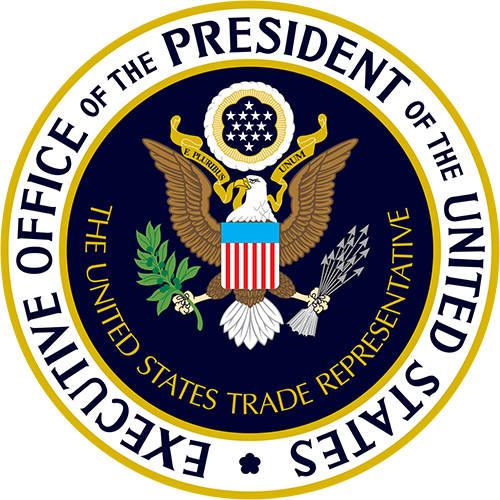Washington D.C. –
U.S. and Philippine government
officials today held constructive discussions on how to address outstanding
bilateral issues and further deepen their trade and investment relations.
The wide-ranging discussion, held under the United
States-Philippines Trade and Investment Framework Agreement (TIFA), was led by
Assistant U.S. Trade Representative for Southeast
Asia and the Pacific Barbara Weisel and Undersecretary of the
Department of Trade and Industry Thomas Aquino. The two sides talked about
steps to enhance market access for a range of products, including agricultural,
industrial and high technology goods. They also reviewed tariff and
customs policies, looking toward ways to facilitate trade. In addition,
they reviewed actions by the Philippine Government over the past year to
strengthen intellectual property protection and enforcement and discussed
additional steps that the Philippines could take to further
enhance its intellectual property regime.
During the TIFA discussions, the two sides continued to
seek opportunities to cooperate on regional initiatives in ASEAN and APEC that
seek to build stronger trade and economic ties between the United States
and ASEAN and in the Asia Pacific region. They also agreed to continue
their close consultations on working together to achieve an ambitious outcome in
the ongoing WTO Doha negotiations.
Background
The Philippines is currently the United States’
28th largest trading partner with $17.3 billion in total two-way goods trade
during 2006. U.S.
exports to the Philippines totaled $7.6 billion in
2006, up 10.5 percent from the previous year. U.S. imports from the Philippines
totaled $9.7 billion in 2006, up 4.8 percent. Meanwhile,
U.S. foreign direct
investment in the Philippines rose 10.7 percent in 2005
from the previous year to $6.6 billion (latest available data).
The Philippines is part of the ten-member Association
of Southeast Asian Nations (ASEAN), which collectively is the fourth largest
market for U.S. exports. With continued strong
economic growth anticipated in ASEAN countries and a regional population of
about 500 million, the United
States anticipates significant trade and investment
opportunities for U.S. companies in this region and has
established a number of specific initiatives to further this relationship.







